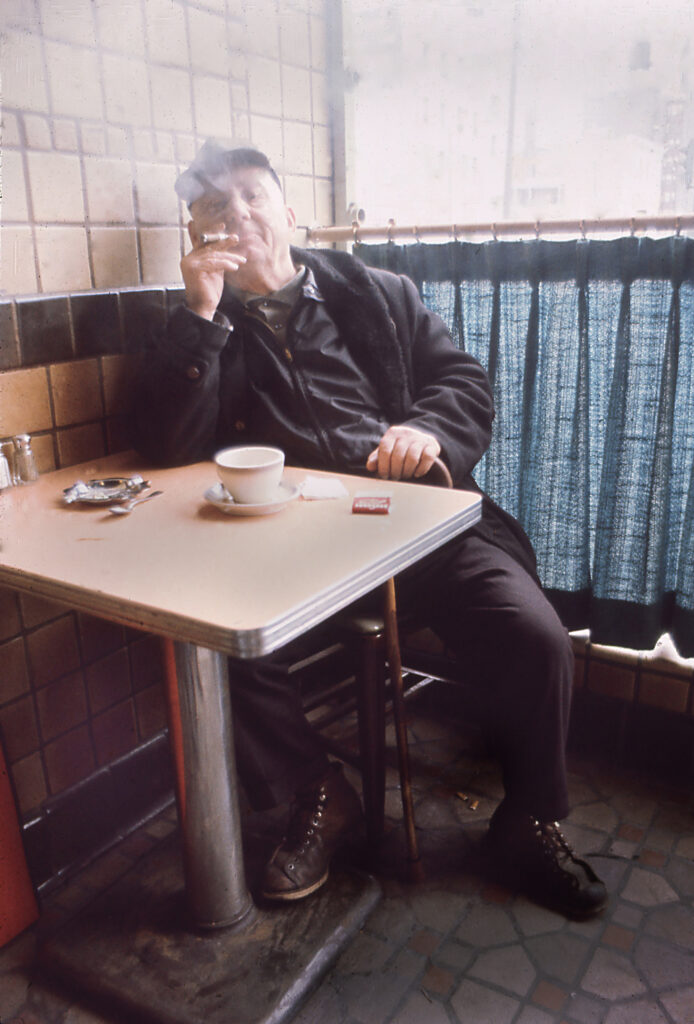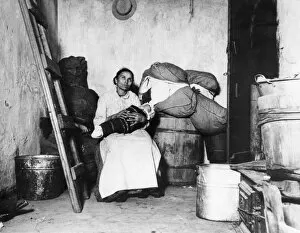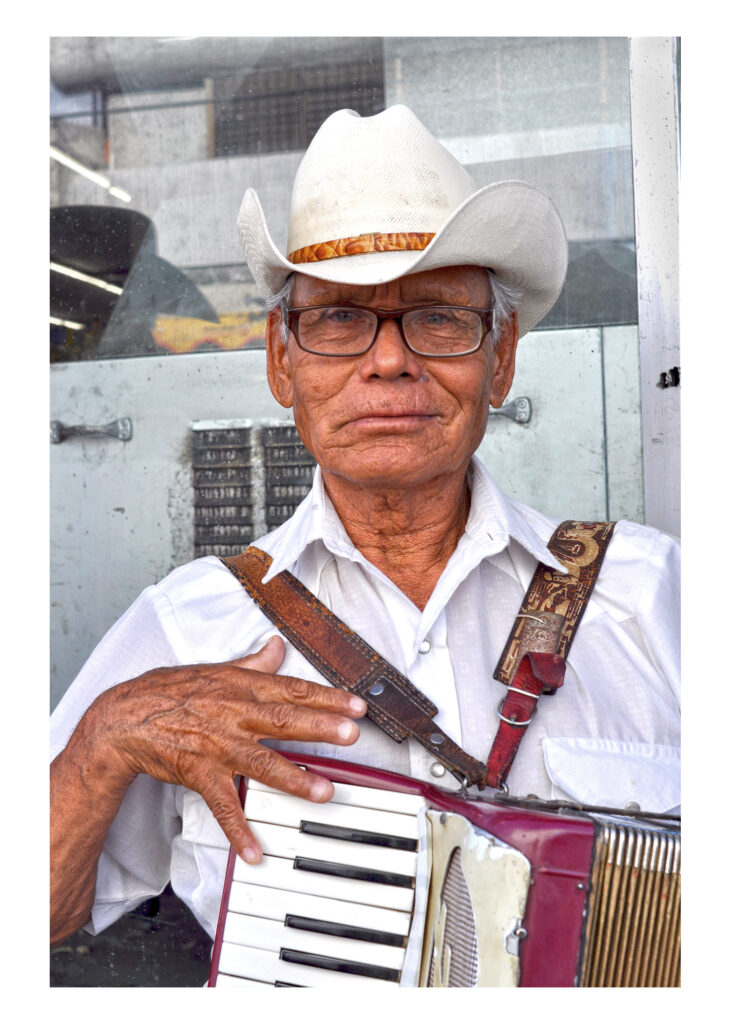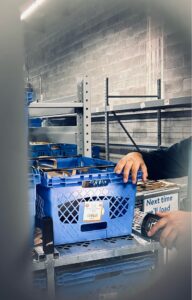AN INSIGHT TO DOCUMENTARY PHOTOGRAPHY
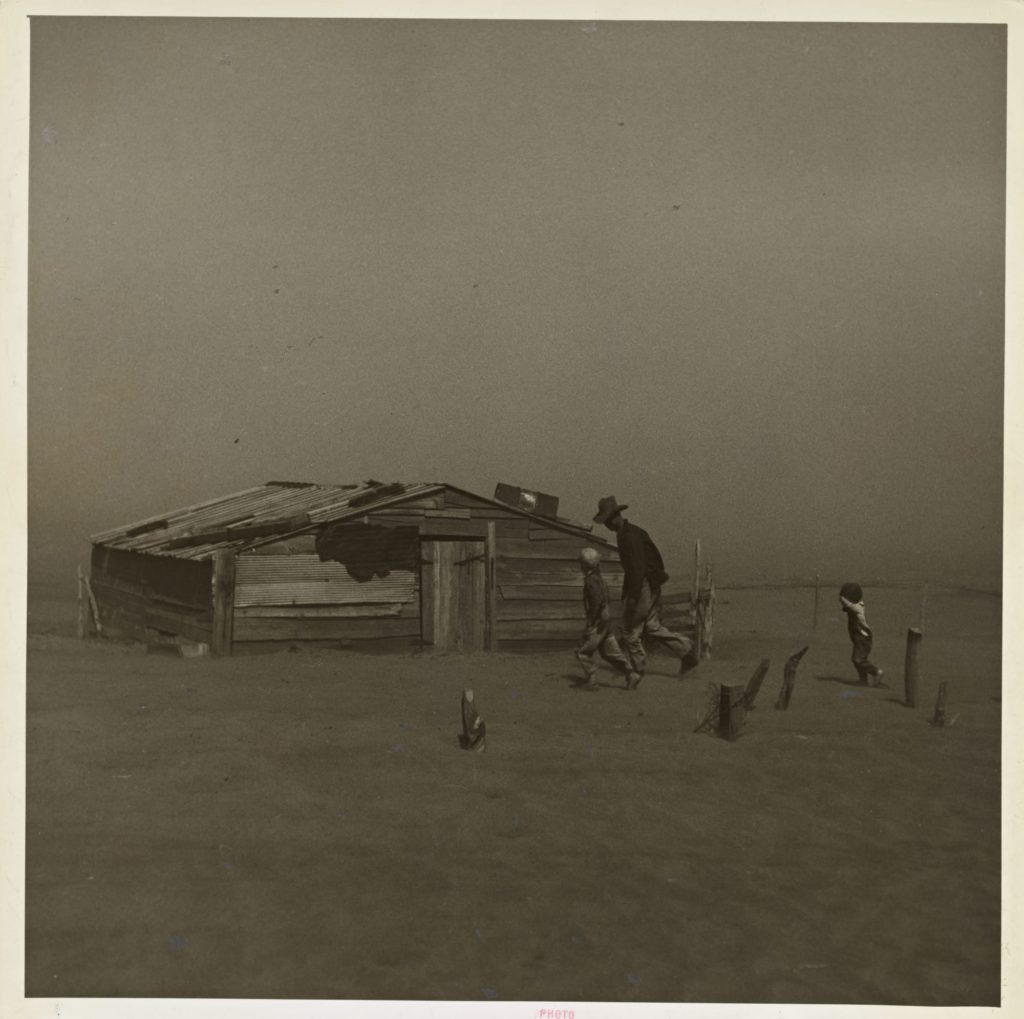
“Against the storm” (1936) by Arthur Rothstein. Image taken as part of the FSA project. Shows a man and his sons out in the storm of the dust bowl.
Documentary photography started in the 19th century as is defined as a form of photography that shows an accurate representation of people and places. This is an important form of photography because it provides insight on critical issues that are happening around us.
Some important past documentary projects include the Farm Security Administration (FSA),as well as many others.
The Farm Security Administration was a government fun photo documentary project, employing numerous famous photographers, that aimed at portraying the American life from the years of 1935 to 1944, (Farm security Administration/office of War information black-and-white negatives – about this collection 1970). According to the Library of Congress (1970), the project had started as a way to document the loans made to farmers and see through construction of suburban areas. This then led to the lives of sharecroppers and migrant workers in the west and midwestern states. As the end of the Great Depression came and the entrance of American service members entering World War II, the project began to incorporate the shift of the mobilization of the United States into the war. The project had gone through multiple government agencies changes including, “the Resettlement Administration (1935-1937), the Farm Security Administration (1937-1942), and the Office of War Information (1942-1944)” (Farm security Administration/office of War information black-and-white negatives – background and scope 1970).
The Farm Security Administration was the first photo documentary of its nature and has become the blueprint and inspiration to many other documentary projects. One project that looked up to the FSA includes Documerica. The Environmental Protection Agency started Documerica in the early 1970s as a way to capture and document images relating to environmental issues. These images were aimed at capturing how modern life had an effect on the environment (Taylor, 2011). These images portrayed how the human way of life was altering the world around them and causing pollution in a changing America. Although over 80,000 powerful images were made, the project was not as popular as they had hoped. The director of this project wanted it to be as widespread as the FSA, and although it was widespread, it did have a smaller audience. This is due to the fact that they did not consider the medium in which to share this. This project was widely a printed project, although most people at the time were taking in the news through broadcast and radio, not so much print media as they were in the 1930s and 1940s.

Many documentary photographers have made very important projects, bringing issues into a new light and really exposing conditions as they truly were. Take Lewis Hine for example. Hine was an American photographer best known for the work he did for National Child Labor Committee. This project brought to light and exposed the intensive child labor happening in the United States. Within the duration of this project, Hine had traveled along the eastern part of the U.S. to places such as mills, factories, field, and mines to document the exploitation and living conditions of these children, while finding secret ways to converse with them so as to not get said children in trouble (britiannica.com). His photos were displayed in a multitude of different print media and became an important factor for radical change. He continued with this topic of
documentation for over a decade, from about 1908 to 1918 where he then started to work as a photographer for the Red Cross (Dreier, 2017).
As previously stated, documentary photography is a tool for capturing events in real time and showcasing real issues in relation to people, places, and objects and is used to put events in chronological order, to tell the stories that will be preserved in history. Many organizations and mediums use documentary photography as a means of telling and sharing stories, such as print media (magazines, news papers), and video documentaries as well.
One documentary photographer that I would like to bring attention to is Margaret Bourke-White. She was an American photographer who was one of the best and well known photographer of the 1930s and 1940s. She is known to be the first female documentary photographer to have worked with the United States Armed Forces (britiannica.com). She started as an architectural photographer, resulting in her becoming the most famous industrial photographer of her time. She then took assignments leading her to the factories of Moscow, Russia and after that, a documentary photographer for World War II for Life Magazine. According to The Art Story, she became the first American war photographer for Life. After her work in WWII, she worked on a project documenting Mohandas Gandhi, and was able to photograph him just hours before he had been killed. She was also responsible for many photography “firsts” according to The Art story. “Responsible for many ‘firsts’ – the first industrial photographer, LIFE’s first female photographer, the first American female war photojournalist, the first woman to take her camera into combat zones – she proved a role model for future generations of professional female photographers…” (TheArtStory.com).
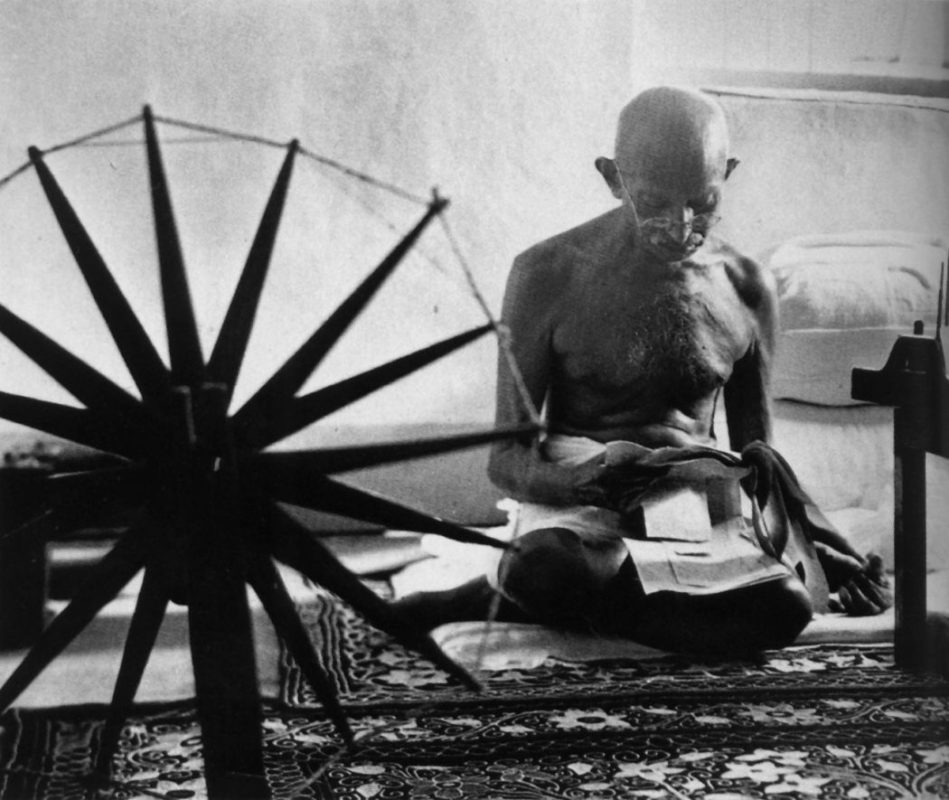
In conclusion, documentary photography captures events in real time to tell a story. One of the most famous photo documentaries includes the Farm Security Administration of the 1930s and 1940s. This became the blueprint and inspiration many other projects wished to follow. Documerica was one of those photo documentaries. This project was aimed towards showing the effects human life has on the natural world and environment in the 1970s. A few famous documentary photographers were brushed upon as well. Lewis Hine was a well known documentary photographer in the early 1900s, who exploited the Child Labor industry. Another well known documentary photographer that was brushed upon includes Margaret Bourke-White, well known for her work in the 1930s and 1940s, is seen as a role model for many female photographers. Documentary photography is a useful tool and is essential to the widespread use of information.
